当前位置:网站首页>Machine learning practice: is Mermaid a love movie or an action movie? KNN announces the answer
Machine learning practice: is Mermaid a love movie or an action movie? KNN announces the answer
2022-07-02 09:12:00 【Qigui】
Author's brief introduction : The most important part of the whole building is the foundation , The foundation is unstable , The earth trembled and the mountains swayed . And to learn technology, we should lay a solid foundation , Pay attention to me , Take you to firm the foundation of the neighborhood of each plate .
Blog home page : Qigui's blog
Included column :《 Statistical learning method 》 The second edition —— Personal notes
From the south to the North , Don't miss it , Miss this article ,“ wonderful ” May miss you la
Triple attack( Three strikes in a row ):Comment,Like and Collect—>Attention
List of articles
problem :
It is known that 《 Warwolf 》《 The red sea action 》《 Mission: impossible 6》 Action movie. , and 《 The former 3》《 Chunjiao saves Zhiming 》《 Titanic Number 》 It's romance. . But if ⼀ Dan now has ⼀ A new movie 《 Mermaid 》, Is there any ⼀ There are two ways for the machine to master ⼀ Rules of classification , Automatically classify new movies ?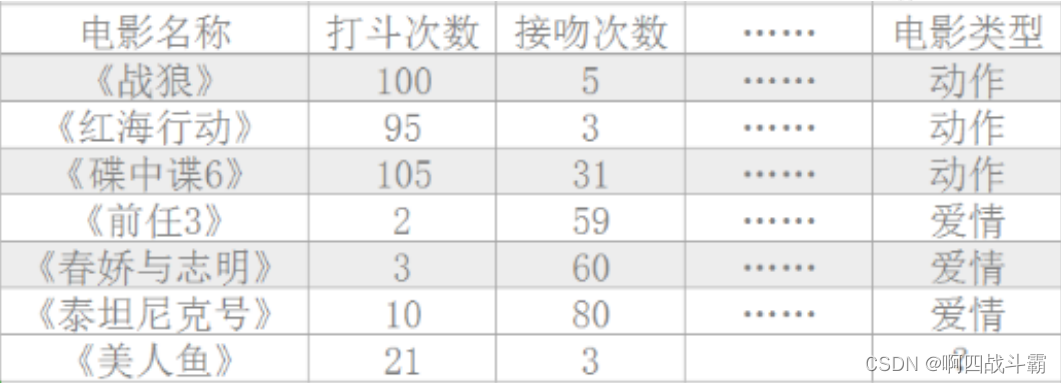
Visualize the data
Because the data in the above table does not look intuitive , So visualize .
The code is as follows :
# Data visualization , Visually observe the classification of movie data
import matplotlib.pyplot as plt
# matplotlin Chinese display is not supported by default —— adopt rcParams Configuration parameters
plt.rcParams['font.sans-serif'] = ['SimHei'] # Step one ( Replace sans-serif typeface )
plt.rcParams['axes.unicode_minus'] = False # Step two ( Solve the problem of negative sign display of coordinate axis negative numbers )
# 1. get data
# 2. Basic data processing
# 3. Data visualization
x = [5,3,31,59,60,80] # x The axis represents the number of kisses
y = [100,95,105,2,3,10] # y The axis represents the number of fights
labels = ["《 Warwolf 》","《 The red sea action 》","《 Mission: impossible 6》","《 The former 3》","《 love in a puff 》","《 Titanic 》"]
# Set scales and labels
plt.scatter(x,y,s=120)
plt.xlabel(" Number of kisses ")
plt.ylabel(" Number of fights ")
plt.xticks(range(0,150,10))
plt.yticks(range(0,150,10))
# Add annotation text to each point
count = 0
for x_i,y_i in list(zip(x,y)): # use zip take x,y package , Then turn to the list
plt.annotate(f"{
labels[count]}",xy=(x_i,y_i),xytext=(x_i,y_i))
count+=1
plt.show()
The output result is shown below :
thus , The data in the table is clear at a glance .
But we don't know 《 Mermaid 》 Which point is closer to this point , How to calculate 《 Mermaid 》 The distance between this point and other points ?—— Two point distance
The distance between two points is also called Euclidean distance : d = ( x 1 − y 1 ) 2 + ( x 2 − y 2 ) 2 d=\sqrt{\left ( x_{1} -y_{1}\right )^2+\left ( x_{2}-y_{2} \right )^2} d=(x1−y1)2+(x2−y2)2
Know the article in detail :
Concept to method , great 《 Statistical learning method 》—— The third chapter 、k Nearest neighbor method
current demand It's calculation 《 Mermaid 》 Distance from each movie . We may all think , Only look for ⼀ The nearest neighbor to judge 《 Mermaid 》 Isn't it just the type of ? In fact, this approach is not feasible .
Here's a chestnut :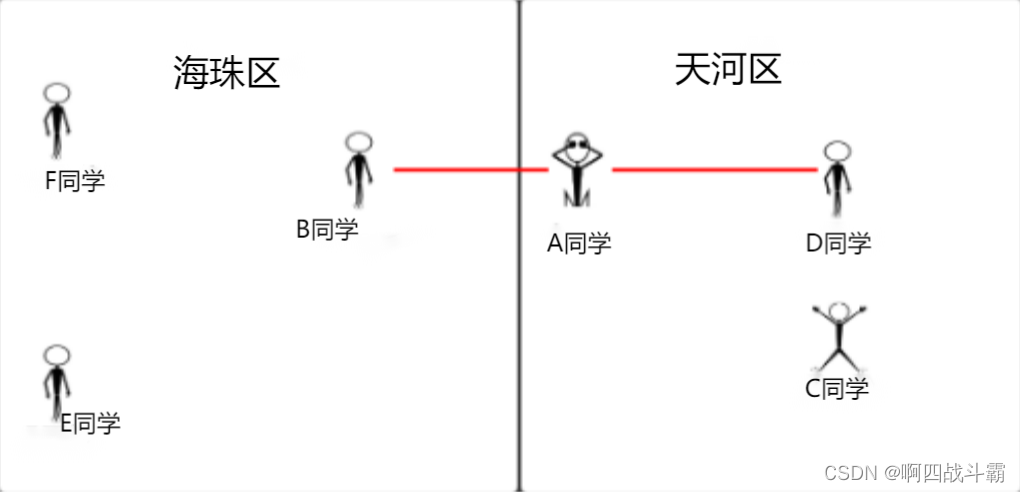
In the figure A Classmates and B、D The distance between the two students is equal , These two students are in different districts , Then you can't judge A Which district does the student belong to . in other words , We should find more neighbors , In order to determine its classification more accurately . Compare this movie classification to determine the selection 3 A close neighbor , in other words k=3.
In the last article ( Concept to method , great 《 Statistical learning method 》—— The third chapter 、k Nearest neighbor method ) As detailed in KNN Workflow , Here is a brief memory .
summary KNN Workflow :
- 1. Calculate the distance between the object to be classified and other objects ;
- 2. Count the nearest K A neighbor ;
- 3. about K The nearest neighbor , Which category do they belong to the most , Where the object to be classified belongs ⼀ class .
There are two implementations :
1、Numpy Realization
import numpy as np
import pandas as pd
import matplotlib.pyplot as plt
plt.rcParams['font.sans-serif'] = ['SimHei'] # Step one ( Replace sans-serif typeface )
plt.rcParams['axes.unicode_minus'] = False # Step two ( Solve the problem of negative sign display of coordinate axis negative numbers )
# 1. Prepare the data
# Training data characteristics and objectives
# Test data characteristics and objectives
# 2. Calculate the Euclidean distance between unknown data features and training data features
# 3. Count the nearest K A neighbor
# 4. Make category statistics
class Myknn(object):
def __init__(self, train_df, k):
""" :param train_df: Training data :param k: Number of nearest neighbors """
self.train_df = train_df
self.k = k
# Calculate forecast data And Training data distance
# Select minimum distance k It's worth
# Calculation k Of the values Categories Proportion
def predict(self, test_df):
""" Prediction function """
# Calculate the Euclidean distance —— Use nupy Calculated distance
self.train_df[' distance '] = np.sqrt(
(test_df[' Number of fights '] - self.train_df[' Number of fights ']) ** 2 + (test_df[' Number of kisses '] - self.train_df[' Number of kisses ']) ** 2)
# Sort by distance Get the one with the smallest distance front K Categories of data
my_types = self.train_df.sort_values(by=' distance ').iloc[:self.k][' Film type ']
print(my_types)
# Yes k Classification of points for statistics , See who accounts for more , The predicted value belongs to which category
new_my_type = my_types.value_counts().index[0]
print(new_my_type)
# 1. Reading data
my_df = pd.read_excel(' Movie data .xlsx', sheet_name=0)
# print(my_df)
# 2. Basic data processing
# 3. Feature Engineering
# 4. Data visualization ( Omit )
# 2. Training data Characterized features : The number of fights and kisses Initialize tags ( Category ): Film type
train_df = my_df.loc[:5, [" Number of fights ", " Number of kisses ", " Film type "]]
# 3. Forecast data
test_df = my_df.loc[6, [" Number of fights ", " Number of kisses ", ]]
# 4. Algorithm implementation —— Instantiate the class
mk = Myknn(train_df, 3) # k=3
mk.predict(test_df)
Output results :
3 love
4 love
5 love
Name: Film type , dtype: object
love
2、Sklearn Realization
sklearn.neighbors.KNeighborsClassifier(n_neighbors=5, weights=‘uniform’, algorithm=‘auto’)
- n_neighbors: By default kneighbors Number of neighbors used by query . Namely k-NN Of k Value , Pick the nearest k A little bit . Number of adjacent points , namely k The number of .( The default is 5)
- weights: The default is “uniform” It means that each nearest neighbor is assigned the same weight , That is to determine the weight of the nearest neighbor ; Can be specified as “distance” It indicates that the distribution weight is inversely proportional to the distance of the query point ; At the same time, you can also customize the weight .
- algorithm: Nearest neighbor algorithm , Optional {‘auto’, ‘ball_tree’, ‘kd_tree’, ‘brute’}. Optional fast k Nearest neighbor search algorithm , The default parameter is auto, It can be understood that the algorithm decides the appropriate search algorithm by itself ; You can also specify your own search algorithm ball_tree、kd_tree、brute Method to search ,brute It's brute force search , That's linear scanning .
step :
- 1、 Build feature data and target data
- 2、 structure k A nearest neighbor classifier
- 3、 send ⽤fit Training
- 4、 Forecast data
from sklearn.neighbors import KNeighborsClassifier
# 1. Reading data
mv_df = pd.read_excel(" Movie data .xlsx",sheet_name=0)
# 2. Build the characteristic data of the training set —— Be careful : Two dimensional arrays
x = mv_df.loc[:5," Number of fights ":" Number of kisses "].values
# 3. Build the target data of the training set —— Be careful : One dimensional array
y = mv_df.loc[:5," Film type "].values
# 4. Instantiation KNN Algorithm ( classifier )
knn = KNeighborsClassifier(n_neighbors=4)
# 5. Training —— Characteristic data of training set Target data of training set
knn.fit(x,y)
# 6. Forecast data
knn.predict([[5,29]])
Output results :
[' love ']
therefore , Through training KNN Model , Finally it is concluded that 《 Mermaid 》 It's a love movie .
The learning :
Bloggers are determined to understand every knowledge point . Why? ? I've read an article about the learning experience shared by a big man , One of them is very good :【 Basic knowledge is like the foundation of a building , It determines the height of our technology , And to do something quickly , The precondition must be that the basic ability is excellent ,“ Internal skill ” In place 】. therefore , Since then, I have focused on a solid foundation , And I know , Learning technology can't be learned overnight , Not for half a year 、 A year , Or two years , Even longer ; But I believe , Persistence is never wrong . Last , I want to say : Focus on the basics , Establish your own knowledge system .
Okay , This learning sharing is over . Mix a —— How many of the above seven movies have you seen ? Which one do you like best ? Tell me in the comment area ! Hey ,, I can't help but hurry to see it before studying .
Knowledge review :
Concept to method , great 《 Statistical learning method 》—— The third chapter 、k Nearest neighbor method
边栏推荐
- 分布式服务架构精讲pdf文档:原理+设计+实战,(收藏再看)
- oracle删除表空间及用户
- 西瓜书--第五章.神经网络
- Using recursive functions to solve the inverse problem of strings
- win10使用docker拉取redis镜像报错read-only file system: unknown
- Redis sorted set data type API and application scenario analysis
- Win10 uses docker to pull the redis image and reports an error read only file system: unknown
- 长篇总结(代码有注释)数构(C语言)——第四章、串(上)
- From concept to method, the statistical learning method -- Chapter 3, k-nearest neighbor method
- Oracle modify database character set
猜你喜欢
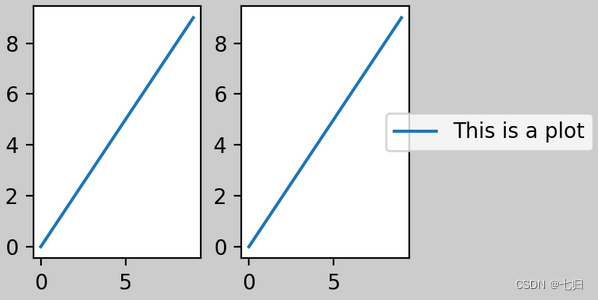
Matplotlib剑客行——布局指南与多图实现(更新)

Matplotlib剑客行——初相识Matplotlib
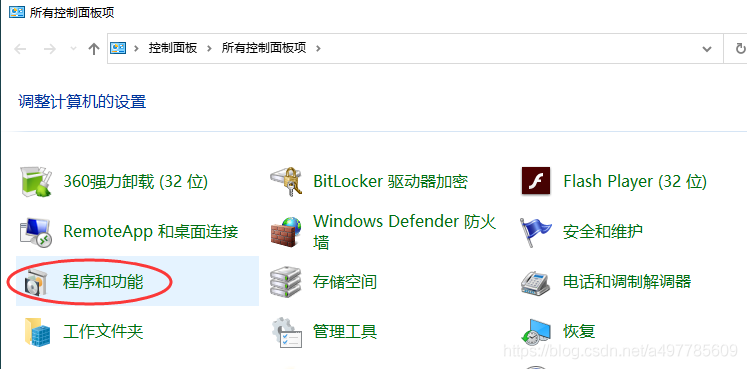
小米电视不能访问电脑共享文件的解决方案
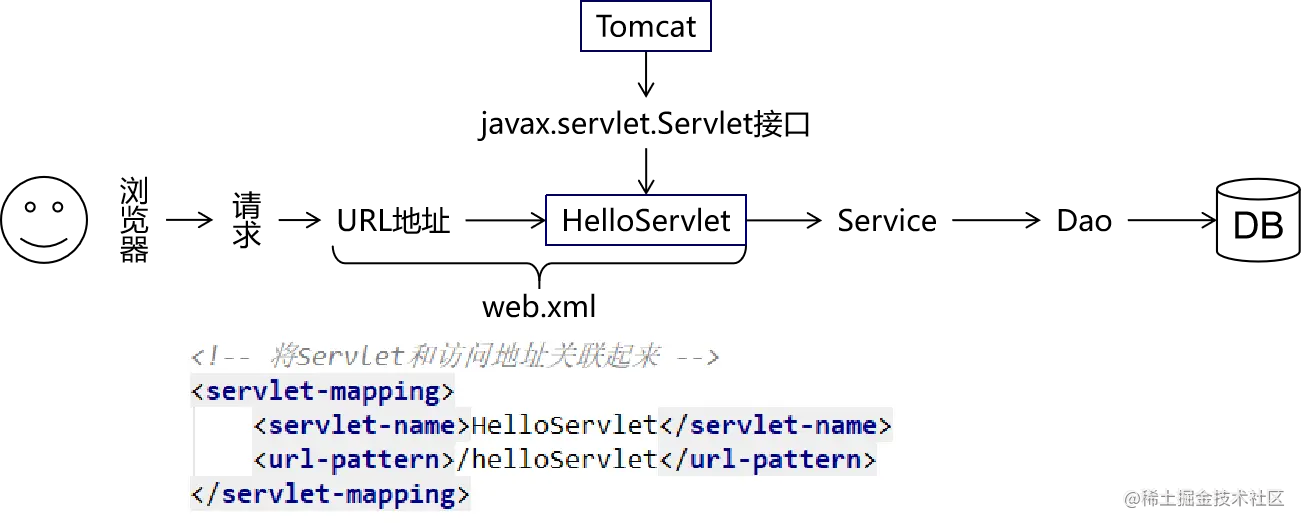
Servlet全解:继承关系、生命周期、容器和请求转发与重定向等

C#钉钉开发:取得所有员工通讯录和发送工作通知

Ora-12514 problem solving method

Matplotlib剑客行——容纳百川的艺术家教程
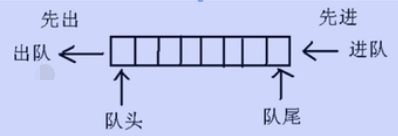
Introduction to the basic concept of queue and typical application examples

以字节跳动内部 Data Catalog 架构升级为例聊业务系统的性能优化

C4D quick start tutorial - C4d mapping
随机推荐
Pdf document of distributed service architecture: principle + Design + practice, (collect and see again)
WSL installation, beautification, network agent and remote development
知识点很细(代码有注释)数构(C语言)——第三章、栈和队列
[go practical basis] how to set the route in gin
微服务实战|手把手教你开发负载均衡组件
A detailed explanation takes you to reproduce the statistical learning method again -- Chapter 2, perceptron model
AMQ 4043 solution for errors when using IBM MQ remote connection
Minecraft module service opening
将一串数字顺序后移
I've taken it. MySQL table 500W rows, but someone doesn't partition it?
C nail development: obtain all employee address books and send work notices
【Go实战基础】gin 如何验证请求参数
双非本科生进大厂,而我还在底层默默地爬树(上)
一个经典约瑟夫问题的分析与解答
Webflux responsive programming
概率还不会的快看过来《统计学习方法》——第四章、朴素贝叶斯法
微服务实战|微服务网关Zuul入门与实战
机器学习实战:《美人鱼》属于爱情片还是动作片?KNN揭晓答案
统计字符串中各类字符的个数
寻找链表中值域最小的节点并移到链表的最前面